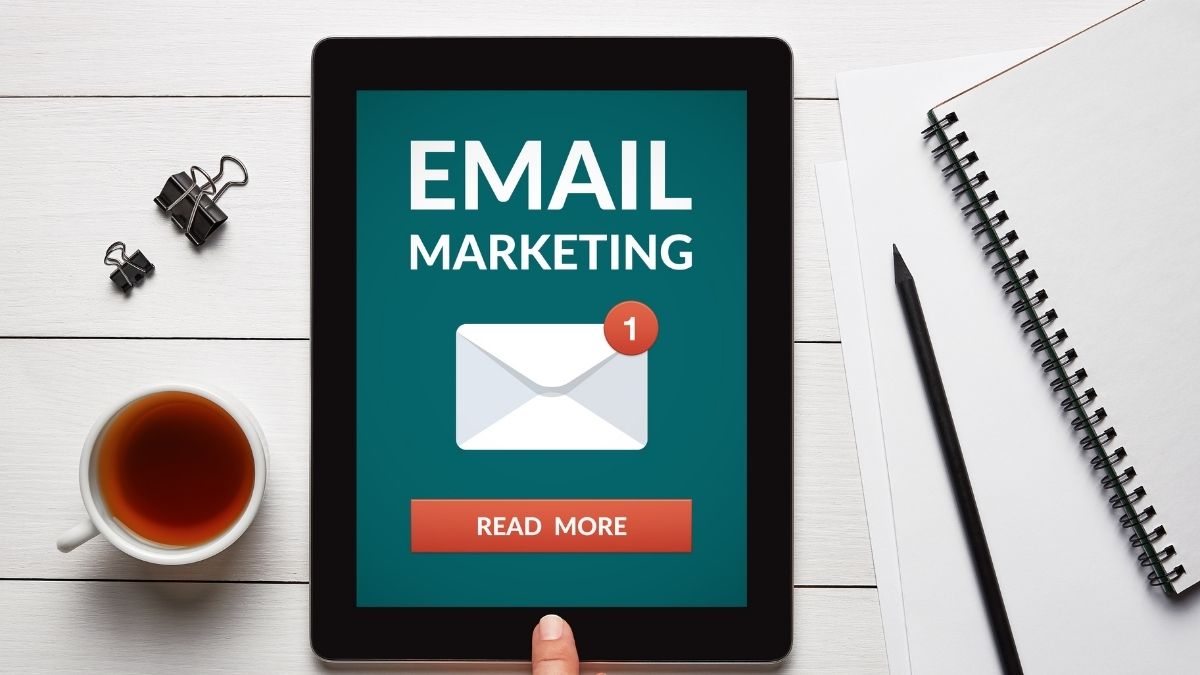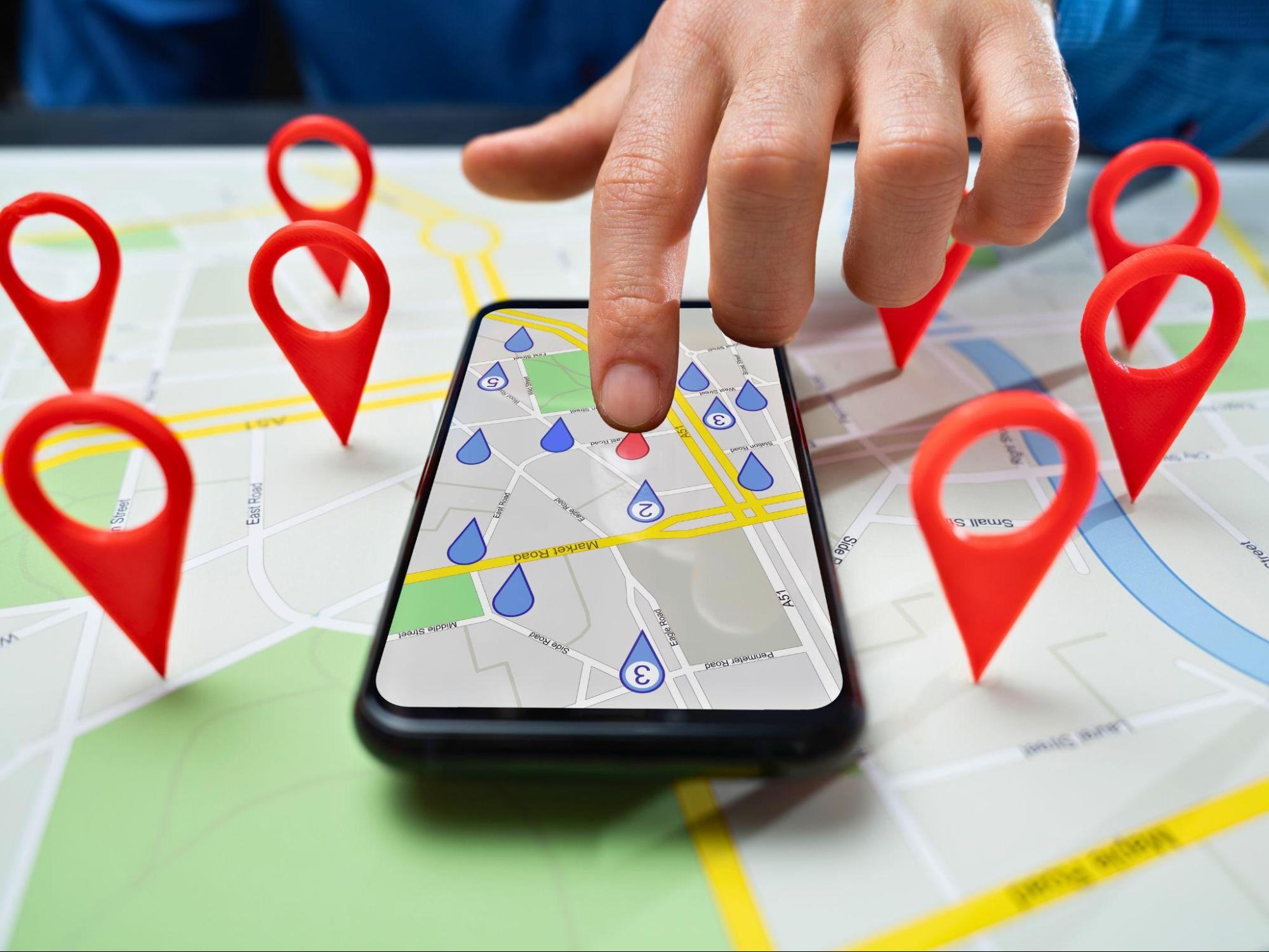Best Practices for Ecommerce Email Marketing to Boost Sales
Since the lockdown in 2020, the Ecommerce industry has seen a massive spike in sales. Due to the flexibility of choosing a wide variety of products online, the demand for ecommerce is increasing steadily.
Quick Links
According to statista, by 2023, people are more likely to spend 6542 billion dollars on online shopping.
With all this in the picture, it is the best time for online store owners to start focusing on eCommerce marketing.
There are so many marketing channels to promote your store. But here, we will focus on marketing your store through email, as it gives four times higher ROI than any other marketing channel.
Best ecommerce email marketing tips
In this guide, we have compiled a list of best email marketing tips that can skyrocket sales if implemented wisely:
Start growing your email list
Having a solid email list is essential when you send out Your engaging piece of content to the audience.
If you do not have any email list as of now, then try following some of these below-mentioned methods:
At the end of your eCommerce blog post, try to place a Call-To-Action button and ask for the visitor’s email address. It works pretty well.
To get subscribers for your email list, try providing valuable freebies to the audience.
Like you can give free e-books or “How To” guides in exchange for an email.
Create a welcome email series
When there is a new subscriber on your email list, try to send them at least three welcome emails to build a strong connection with them.
Try setting up the expectation for the subscriber on your brand within these three welcome emails before they join your regular email list.
A correct welcome email has the potential to generate 320% revenue compared to other promotional emails.
Send Promotional offer emails
Promotional emails have multiple benefits based on the type.
For example, if you are launching a new product in your store, email the customers with special incentives and let them know you want to provide first access to them.
Price decrease and low inventory promotional emails are two of the most successful promotional emails for online stores.
These emails trigger a psychological impact of product scarcity and help drive more conversions to the store.
Based on the customers’ buying cycle, try to send them product recommendation emails that help them find and purchase the items at once.
Use personalization with segmentation
Based on the customer’s previous interaction with your eCommerce store, try to develop personalized emails and send them customized offers.
Sending emails in bulk makes the buyers feel they are on the wrong emailing list with a lousy eCommerce brand.
Personalization helps in making the buyer feel understood and welcomed by your store.
You should use segmentation for your email list right from the start to stay relevant and send personalized emails. Segmentation can be done easily with any ecommerce email automation tools like Mailchimp or drip.
Implement abandoned cart emails
Most of the time, shoppers get diverted due to various reasons and leave their cart.
It is a considerable loss for ecommerce stores with less traffic.
By sending abandoned cart emails, eCommerce owners can remind their customers about the products they have added to the cart.
For better conversions, try sending an email 6 hours after the shopping cart is abandoned and the next mail after 24 hours, and the final email after 3 – 4 days.
If the average shopping value on your store is a small amount (like $20 or $30), it does not require much of an abandoned cart email sequence. A more significant purchase value needs more reminders.
Send up-sell and cross-sell emails
Instead of waiting for new customers to shop in your online store, you can try up-selling and cross-selling the products, bringing in more sales with less effort.
For example, if you own a baby store, you can email a list of products like a bottle warmer, reusable baby diapers, etc., to the customer who purchased a swaddle blanket.
It gives the customer a sense of care and helps them buy more products from you.
Ask for review or feedback
Reviews are critical to improving your store’s credibility among the customers. You can send feedback emails after the customer purchases the product.
For example, if a customer had purchased a baby blanket at your baby store, you can send them a review mail after a day or two from the purchase date and ask them to leave a review about their purchase experience at your store.
Ecommerce giants like Amazon follow this technique to keep their customers engaged.
Use re-engagement emails
Re-engagement emails are the best way to interact with your inactive subscribers. Before sending re-engagement mail, you need to understand the reason why the contact has stopped interacting for your emails.
One of the most common reasons can be:
- Poor Subject Lines
- Confusing Content
- Too many emails being sent
According to stats of huify, it is five times cheaper to re-engage the old customer than find a new one.
Here is a 4-step process to re-engage your customers:
- Firstly, send an email that contains a win-back email campaign.
- In the second mail, ask the customers to set their frequency of receiving emails from your brand.
- In the third mail, try to offer them something for free.
- After the series of three mails, if the customer does not reply, try to unsubscribe them from your list. Also, provide them with an option to join back your list if they change their mind.
You can also re-engage your customer by sending personalized life event emails.
Implement a referral program
The referral program can bring in free traffic to your store through your existing customers.
It also adds more social proof to your store.
You can send referral program emails to your customers stating the benefits they get for each referral. The more compelling the benefits for reference, the higher are the chances of getting more leads on your store.
Try split testing and A/B testing
It is always essential to do A/B testing while implementing any marketing strategy. Try multiple subject lines, graphics, and email templates to check the CTR and open rate of the emails.
Once you have a campaign performing pretty well in terms of conversion rates, you can go ahead and implement it as your mainstream marketing strategy.
To get more accurate results, try testing one element at a time (like Call-To-Action, Subject line, Personalization, etc.) because each of these elements has a different impact on the conversion process.
For example, the subject line impacts how many people open your email at first glance, whereas an impressive Call-To-Action button placement decides how many people will make a purchase.
Implement notifications for a wish list and back-in-stock items
When a customer wants to buy an out of stock product, send them a notification email.
Use any email automation tool to send notification emails when the product comes back in stock to increase sales on your online store.
You can use the same strategy for wish list items of a customer. If a customer wishes to list some items and doesn’t complete the purchase, you can send a reminder or price drop email.
Bonus Tip: Use fast and high converting landing pages
Landing pages are great for giving your shoppers a proper direction, interactive information, and a custom experience to navigate to the Buy Now buttons.
Pairing your email marketing with product pages is not ideal for every situation. As per Monetate, visitors are converted 200% more with a custom landing page than a regular product page.
Use any landing page tool to create high-converting landing pages for your particular products, so that you can focus your visitor’s attention on a specific product or offer. It will finally lead them to a personalized experience to purchase.
Wrapping up!
If you want to scale your email marketing efforts with consistency, it is recommended to implement email marketing automation in your eCommerce store.
With many email marketing tools available in the market right now, it is pretty
easy to set up email automation without losing personalized touch.
Author’s Bio:
Ranjit is a web developer and blogger at AppsTale. He loves to write about different marketing strategies for small businesses and software reviews.
Top 10 Magento 2 SEO Extensions to Boost Your Store’s Visibility
SEO is the key to a successful store! Have you ever given thought, if your store is simply…
0 Comments12 Minutes
How to Optimise Your PPC Campaigns with AI
As the methods of Internet marketing evolve, Pay-Per-Click (PPC) advertising remains one of the…
0 Comments10 Minutes
Putting Cybersecurity Under the Spotlight: How Security Audits Strengthen Your Defenses
While organizations understand the importance of cybersecurity, there is an opportunity for many…
0 Comments12 Minutes
How Marketing Agencies Can Choose the Best High-Performance SEO Tools
High-performance SEO tools combine comprehensive features, durability, speed, and accuracy. They…
0 Comments9 Minutes
Simplify the Running of Your Business With These Tips
Finding enough hours in the day to tackle all the jobs on your to-do list can be a major issue…
0 Comments4 Minutes
Best SEO Practices for Multi-Location Businesses
Businesses operating across multiple locations benefit from unique opportunities but also face…
0 Comments7 Minutes
Unveiling the 7 Essential Components for an Exceptional Website
Even a beginner can identify what makes a good website, but when it comes to building one, things…
0 Comments8 Minutes
Top Blockchain Trends to Watch in 2024
Blockchain has time and again proved its capacity to redefine many sectors and this prediction of…
0 Comments6 Minutes








